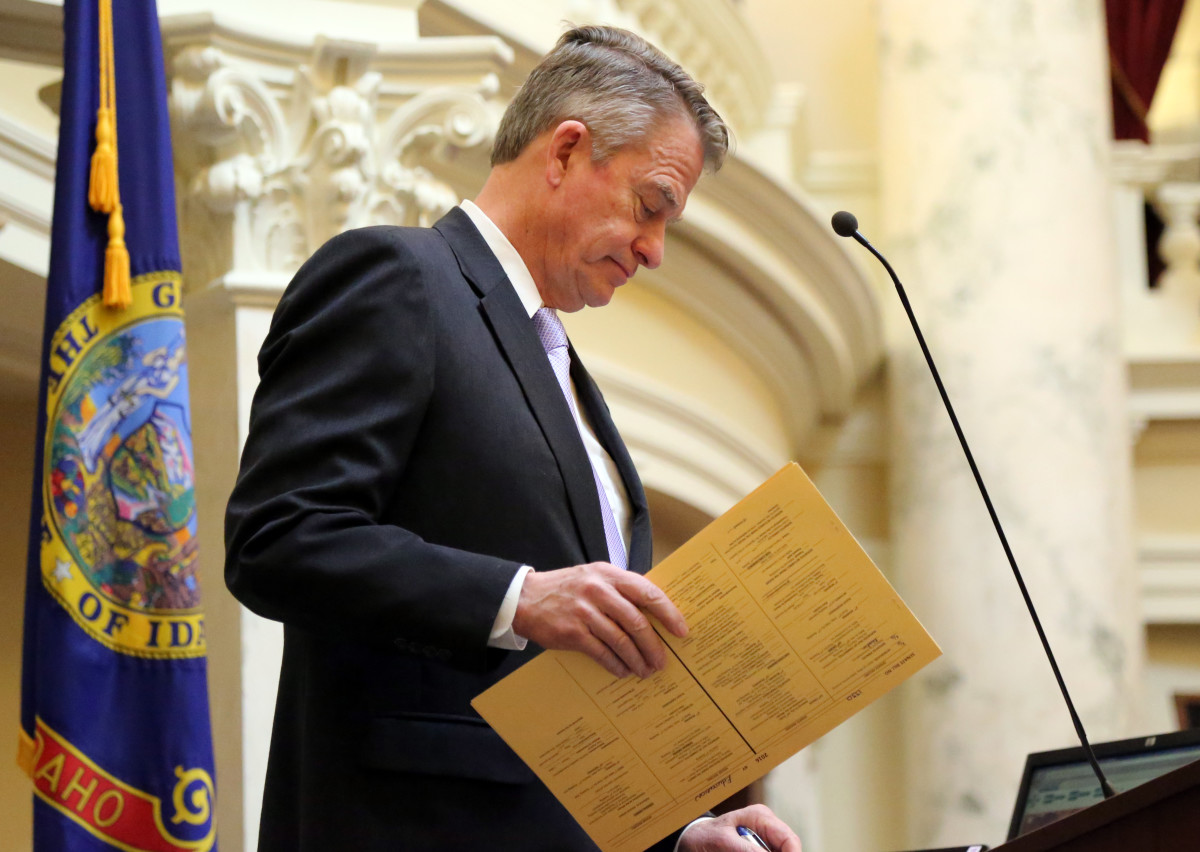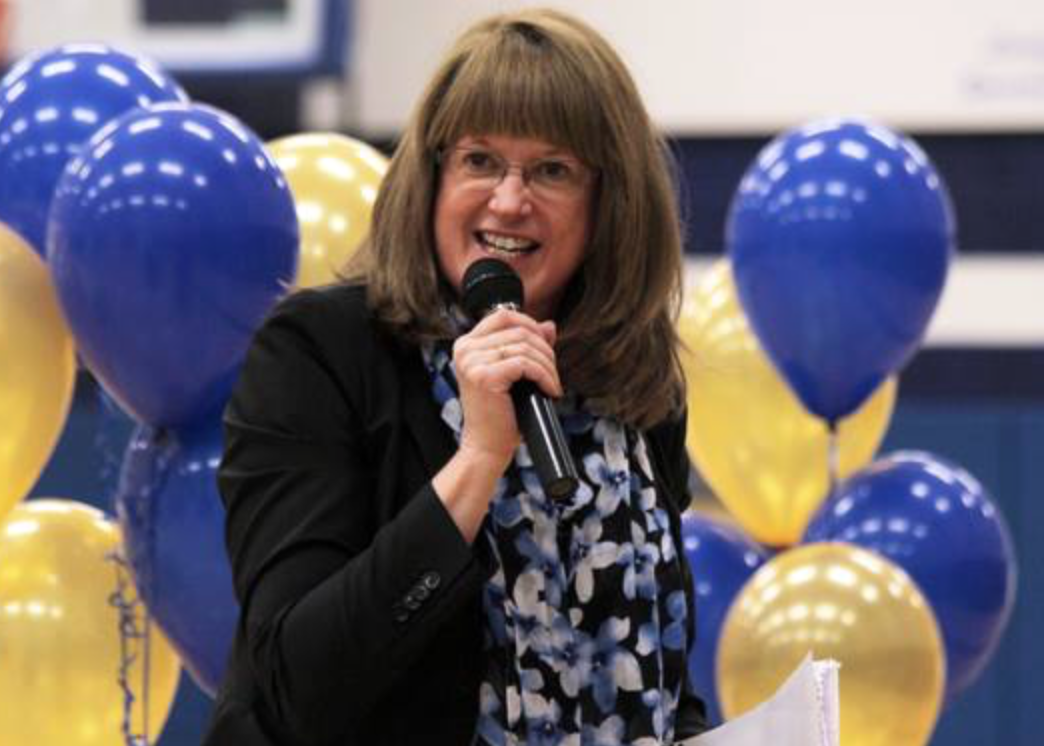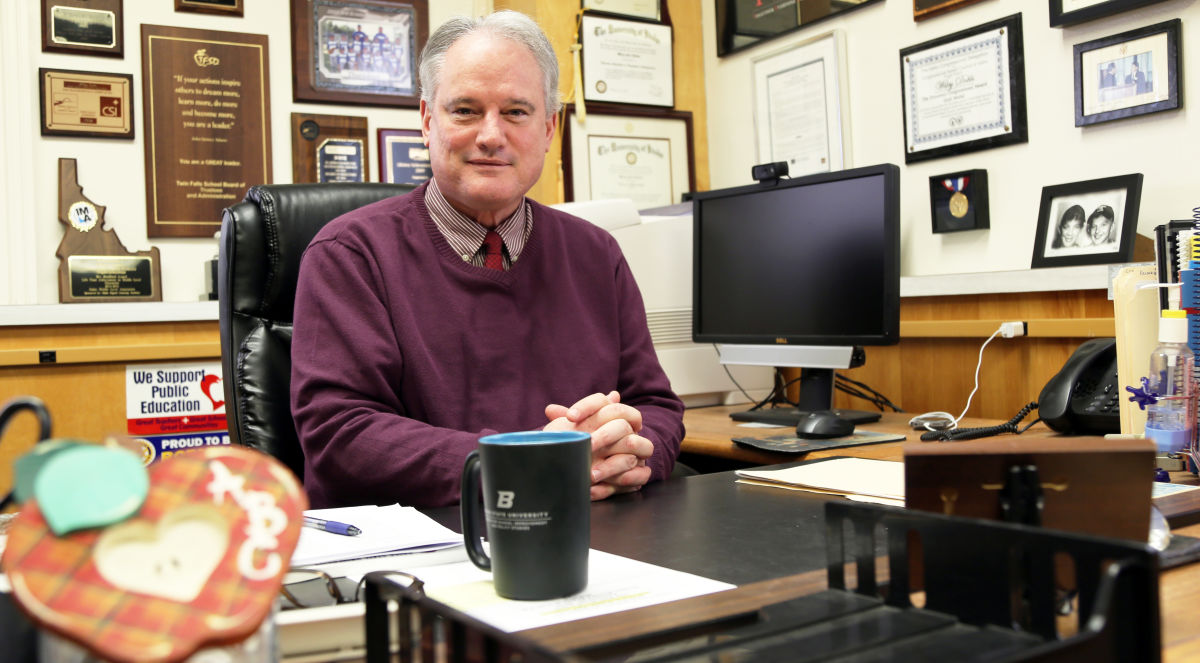(UPDATED, 10:33 a.m., Oct. 28, to correct the way career-technical programs factor into Idaho’s postsecondary completion numbers.)
This winter, legislators cast a yes vote for college.
It was a non-binding and symbolic vote. But with little dissent, they approved a resolution that reaffirmed their support for Idaho’s hallmark education goal: getting 60 percent of the state’s 25- to 34-year-olds to hold some kind of postsecondary degree, by 2020.
Meanwhile, Idaho’s high school graduates voted with their feet.
Only 46 percent of the class of 2015 enrolled in postsecondary school — down from 52 percent just a year earlier.

The new numbers, released by the State Board of Education a week ago, were a disappointment to Lt. Gov. Brad Little, the prime mover behind the resolution. But Little still believes the state is investing in initiatives that will turn these numbers around — and some educators agree.
“It’s fair to say our go-on rate didn’t reflect the things we’re doing,” Little said Thursday.
A widespread challenge
The State Board’s go-on data is extensive. For each group of graduating seniors, the board tracks postsecondary enrollment immediately after high school, and at several points from 12 months to 36 months after high school.
Idaho Education News focused on the 12-month numbers — the percentage of high school graduates who are still in school a year after receiving their diploma. Idaho Education News compared the numbers for 2011, 2014 and 2015, and looked at the State Board’s data covering more than 250 traditional public high schools, charter schools and alternative schools.
The data reveals the scope of the challenge:
- From 2011 to 2015, the go-on rate dropped in 66 percent of Idaho’s high schools. Only 28 percent of high schools managed to improve go-on rates during that time.
- The one-year trend is only slightly better. From 2014 to 2015, the go-on rates dropped in 59 percent of the state’s high schools, and improved in 36 percent of high schools.
- In 2015, only 17 percent of high schools had a go-on rate of 60 percent or higher. And this short-term metric addresses only attendance. The state is shooting for a 60 percent postsecondary completion rate.
(Click here to download the data, and see how your local school fared.)
What happened?
The theories seem to gravitate toward two phenomena: religion and economics.
In 2012, the Church of Jesus Christ of Latter-Day Saints lowered its minimum age for missionary service — affecting go-on rates across the state. The effects are most profound in Eastern Idaho, home to a larger LDS community.
Idaho’s scant 3.8 percent unemployment rate also affects the equation. When jobs are easier to find, high school graduates are more likely to jump into the work force.
And this aggravates a long-standing gender gap. Young men are already less likely to go straight from high school to college. They’re also more likely to be enticed by a job after graduation, State Board spokesman Blake Youde said.
Coeur d’Alene district Superintendent Matthew Handelman doesn’t have to look far to see the effects of a robust economy. When the local job market improves, enrollment decreases at North Idaho College, Coeur d’Alene’s community college.
“People are just sort of following what they need to do individually,” he said. “They’re not going to pay attention to the goal of the state.”
What happens now?
The new go-on numbers are certainly grim. But they might not signal a long, downward spiral. Instead, they might be a fluke.
Youde points to this year’s college enrollment numbers. Boise State University reached record enrollment and the University of Idaho saw its first enrollment increase since 2012.
Meanwhile, education leaders point to a menu of new programs that they expect to pay dividends — such as dual credit.
The state is expected to bankroll $5.7 million in dual-credit coursework in high schools this year, up from $4.8 million.
In districts such as Nampa, dual credit is taking off. In 2015-16, 3,305 students enrolled in dual-credit classes, up from 2,422 a year ago, said assistant superintendent Nicole MacTavish.

Dual credit can pack a dual benefit. It can cut the price of a college education, and give high school students the confidence to continue in school. “They have to be able to see themselves as a college student,” Blaine County district Superintendent GwenCarol Holmes said.
Other efforts are just cranking up. School officials are looking forward to spending their share of the $5 million the 2016 Legislature put into college and career counseling. The State Board is launching its second year of a “direct admissions” program — sending out letters to high school seniors who are, in essence, preapproved to attend Idaho colleges or universities.
All of these programs are designed to get high school seniors thinking about college — and state leaders hope all of this will help get Idaho closer to the 60 percent milepost. But meanwhile, Idaho’s increased emphasis on career-technical education actually has an inverse effect on the numbers — since career-technical education doesn’t necessarily factor into the 60 percent goal. Some career-technical programs apply toward the 60 percent equation, but some do not.
This troubles educators such as Boise district Superintendent Don Coberly. Career-technical graduates can land high-paying and satisfying jobs, and these personal successes should be part of the 60 percent equation.
Little agrees. He doesn’t think the state should water down its 60 percent goal. But he thinks it’s important to find a way to take into account career-technical programs that provide graduates with valuable job skills.
Is 60 percent realistic?
Ultimately, the go-on rate and the 60 percent goal measure two different things. The go-on rate measures college enrollment, something directly tied to State Board policies. Economy trends will affect whether Idaho hits its 60 percent goal — because the work force changes whenever a college graduate leaves Idaho to find a job, or whenever a college graduate moves to Idaho to take a job.
Nonetheless, the State Board first floated the 60 percent goal in 2010, and since then, it has grown into Idaho’s educational touchstone. Political and business leaders have rallied behind the idea.
The Legislature’s 2016 resolution represents one more show of political support. Yet the 2015 go-on numbers represent another troubling sign, as the 2020 target date looms.
No one seems willing to abandon the 2020 goal, at least not publicly. But everyone seems to acknowledge that it’s a tall order. The latest go-on numbers are cause for concern, said Carson Howell, the State Board’s research director.
“It is reason for the board to take action,” he said.
It isn’t just that the 60 percent goal is ingrained into the education debate. Gov. Butch Otter and legislators have put millions of dollars into new programs designed to make this number a reality.

If 2020 comes and goes without success on the 60 percent goal, there could be some second-guessing, said Twin Falls district Superintendent Wiley Dobbs. But Dobbs, who will retire in 2017, still sees the value in setting a lofty goal. “You don’t want your targets to be too low.”
Coberly isn’t too worried about the blame game, given recent history, In 2013, Otter convened a diverse education task force that settled on 20 recommendations to reshape the state’s school system. Since then, education groups and political and business leaders have maintained a good working relationship.
“I think we’re all in it together,” he said. “We just have to focus on trying different approaches that will get us to improve.”
Idaho Education News data analyst Randy Schrader contributed to this report.
Coming Monday: Idaho Education News’ Devin Bodkin talks to Eastern Idaho students and counselors about the go-on rate.
